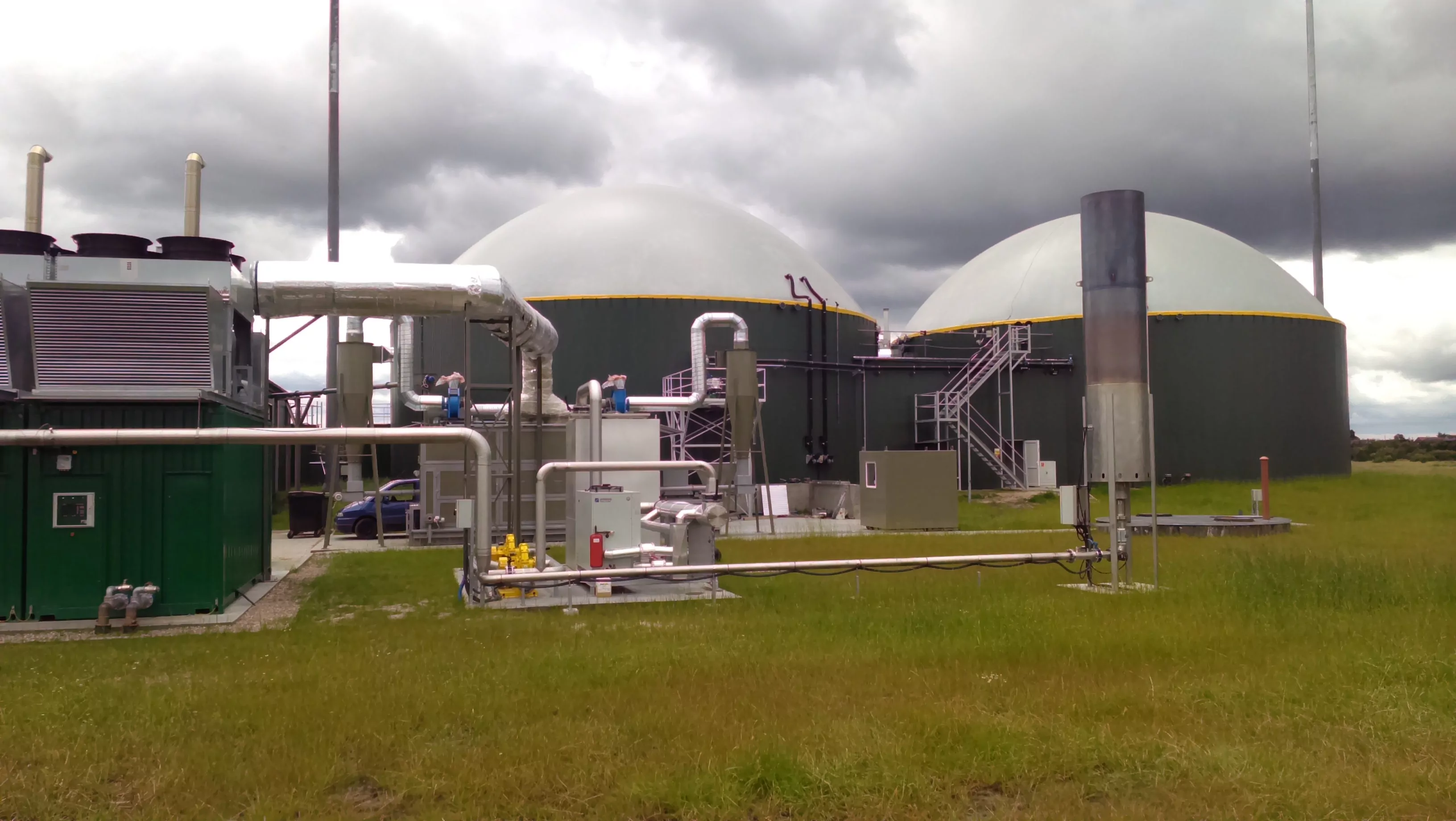Your challenges
By addressing current challenges and embracing new opportunities Waste-to-Energy (WtE) plant can ensure a resilient and sustainable future.
Feedstock-related challenges
Waste-to-Energy (WtE) facilities depend heavily on consistent and high-quality feedstock, but waste composition varies widely across regions and seasons. Ensuring reliable sorting, pre-treatment, and supply logistics is key to optimizing energy yield and system efficiency.
Digestate disposal restrictions and associated costs
Digestate poses a growing management challenge. Stricter agricultural and environmental regulations are limiting its land application due to concerns about contaminants and nutrient overload.
Policy and regulatory constraints
The WtE sector operates within complex policy frameworks. Differences in national and regional regulations, shifting subsidy schemes, and evolving waste hierarchy principles can delay project development and investment.
Technological and operational issues
Many WtE facilities face challenges linked to aging infrastructure, variable waste streams, and complex process integration. Inefficient treatment or equipment downtime can reduce energy output and profitability. Meanwhile, the need for continuous optimization, data-driven monitoring, and emission control adds operational complexity that requires advanced technical expertise and modern automation systems.
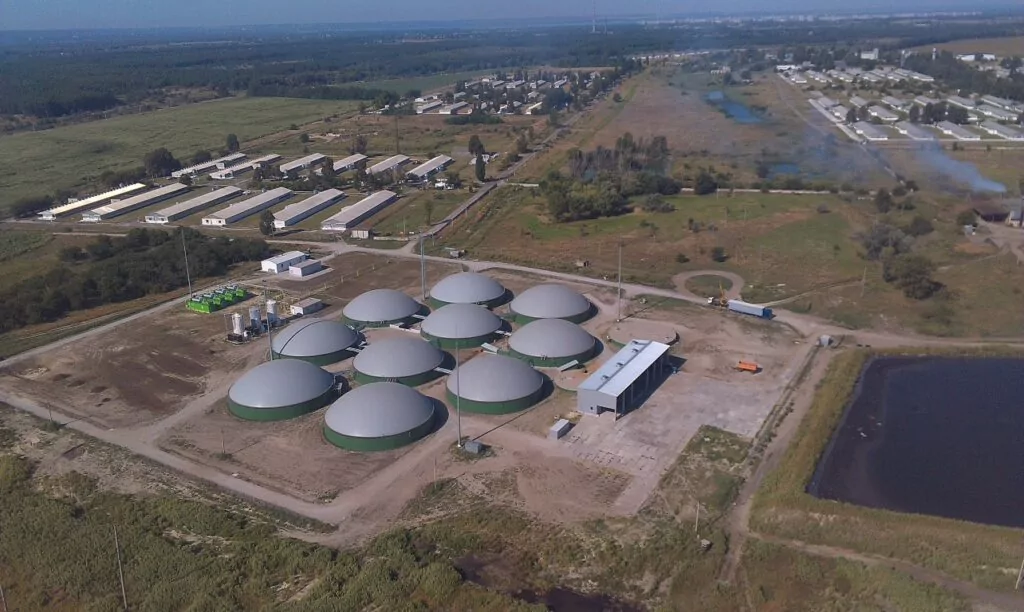
How can NSI meet your needs?
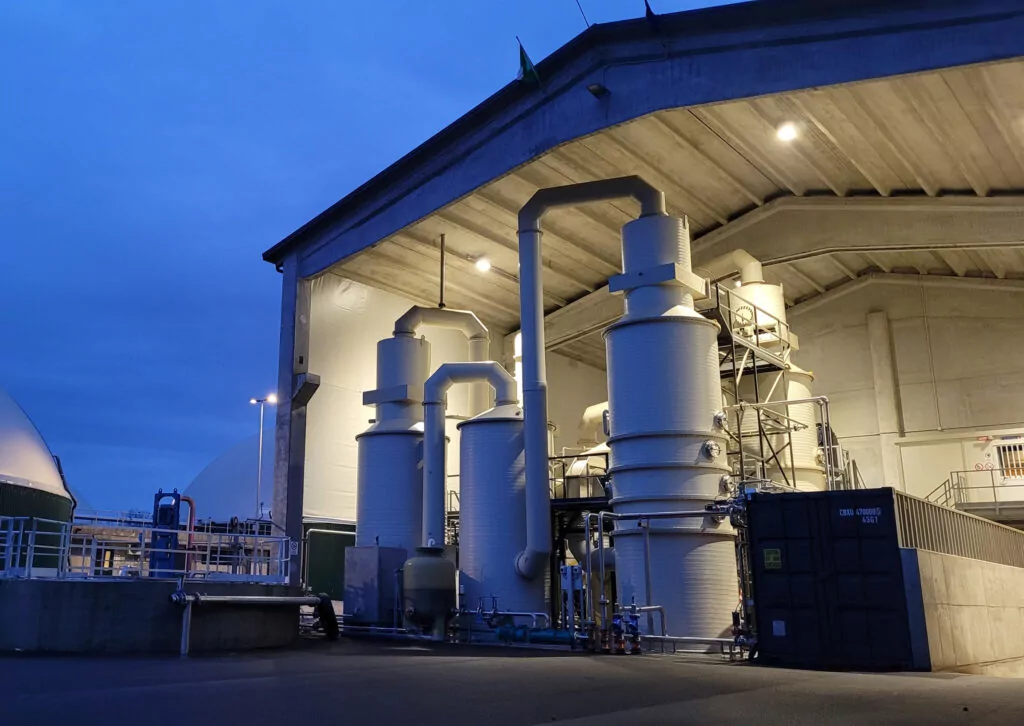
Drawing on global coverage, Nijhuis Saur Industries has been able to support multiple Waste-to-Energy clients with its in-house industry knowledge and experience and help them:
- Monetize digestate off-take products;
- Improve operational costs;
- Avoid operational issues;
- Reuse water whenever possible;
- Minimize the ecological footprint of a biogas plant;
- Reduce water consumption and costs;
- Remove pollutants and contaminations to improve water quality for reuse.
From mission energy to mission water – we’re ready to give water back to the value it deserves in the Waste-to-Energy industry.
Do you want to know more about the NSI Waste-to-Energy solutions?
Discover our solutions
Depending on your requirements we select our in-house technologies based on our extensive knowledge of the Waste-to-Energy industry. We also help you with our mobile solutions as a quick response or as a demonstration system. NSI is offering a wide range of innovative technologies to maintain plants by cost effective measures ensuring stable and long-term operation.
- Digestate pasteurization
- Ammonia stripping
- Dissolved air flotation
- Aerobic biological treatment
- Membrane Treatment, including titanium UF membranes and NF/ RO system patented configuration.
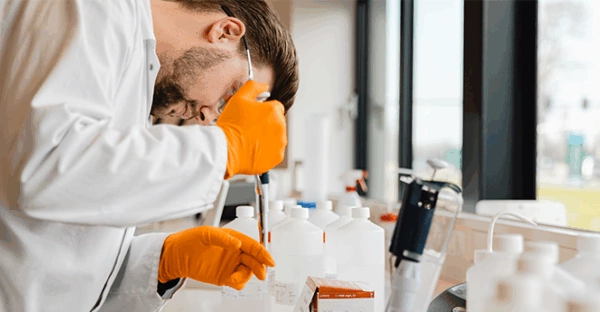
- Industrial
- Municipal
Water consultancy services
- PFAS
- Micropollutants
- Process water
- Drinking water
- Industrial water
- Wastewater
- Rainwater
- Source water
- Resource Recovery
- Sludge
If you are reviewing your (waste)water management strategy and treatment objectives, you may run into several questions. To meet sustainability targets, optimize or debottleneck (...)
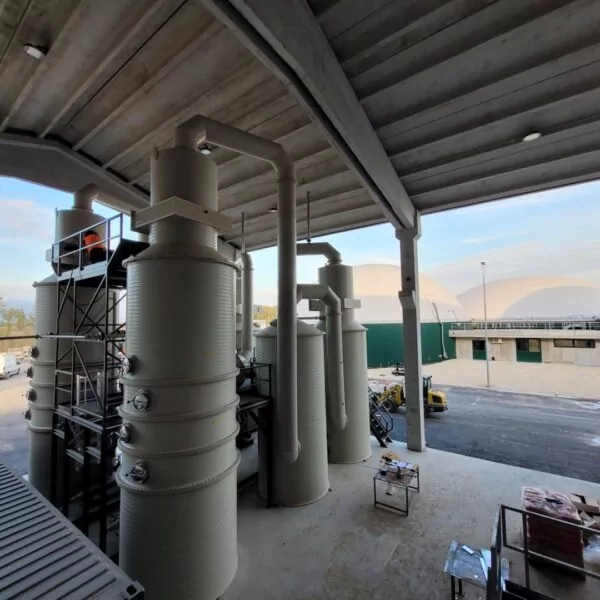
- Municipal
- Industrial
Digestate treatment
- Industrial water
- Resource Recovery
- Sludge
- Wastewater
At Nijhuis Saur Industries (NSI), part of Saur Group, our digestate treatment solutions help biogas plants achieving higher efficiency and energy yield and reduced disposal cost/cost (...)
Talk with our expert
Contact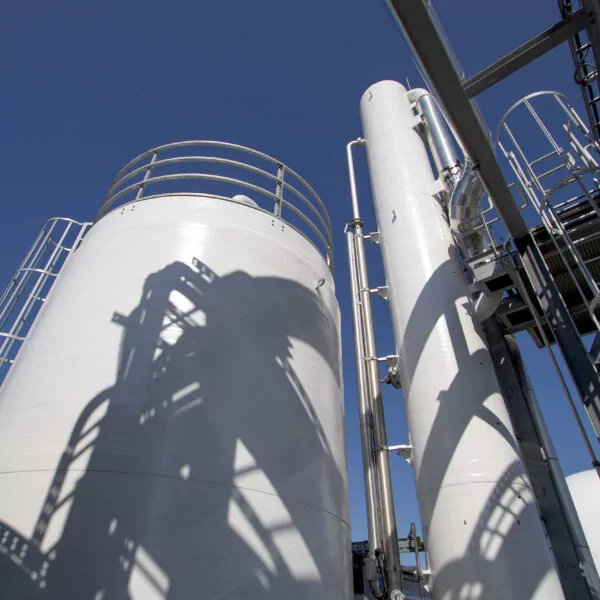
- Industrial
- Municipal
Biogas desulfurization
- Wastewater
- Resource Recovery
- Industrial water
- Sludge
Where organic material is anaerobically degraded, biogas will be produced. In order to utilize this biogas, it needs the right quality, pressure and humidity. H2S is a specific (...)
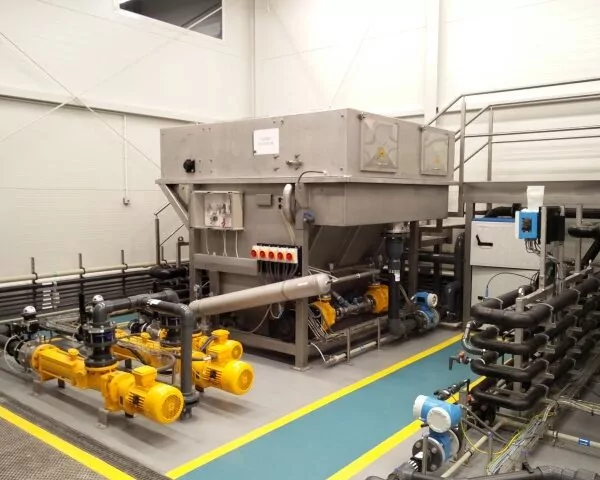
- Municipal
- Industrial
Dissolved Air Flotation solutions (DAF)
- Drinking water
- Wastewater
- Industrial water
- PFAS
Our DAF systems are engineered to provide high removal efficiency, operational flexibility, and reliable performance under varying conditions.
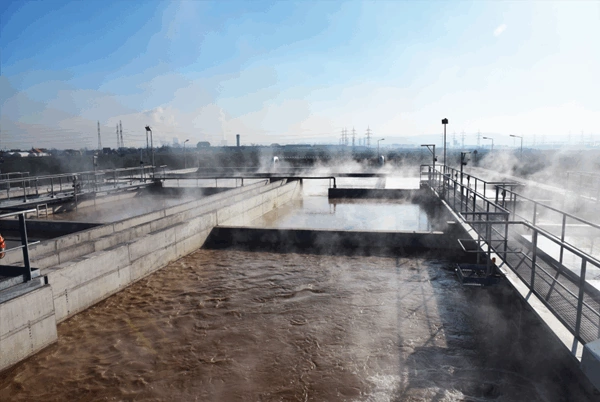
- Industrial
- Municipal
Aerobic treatment
- Industrial water
- Wastewater
Aerobic biological treatment is a process that uses oxygen and microorganisms to remove COD and BOD, breaking down organic pollutants present in the wastewater into simpler, non-harmful (...)
- Industrial
- Municipal
Membrane filtration
- Process water
- Industrial water
- PFAS
- Micropollutants
- Wastewater
- Drinking water
- Source water
- Rainwater
At Nijhuis Saur Industries (NSI), part of Saur Group, we deliver membrane filtration solutions that drive water reuse, resource recovery, and environmental compliance. Our membrane (...)

- Municipal
- Industrial
Digital solutions
- PFAS
- Micropollutants
- Wastewater
- Drinking water
- Source water
- Rainwater
- Resource Recovery
- Sludge
- Process water
- Industrial water
In today’s rapidly evolving technological landscape, digital solutions are essential for optimizing water management processes. At Saur, we leverage advanced digital tools and (...)
References in Waste-to-Energy
Discover more references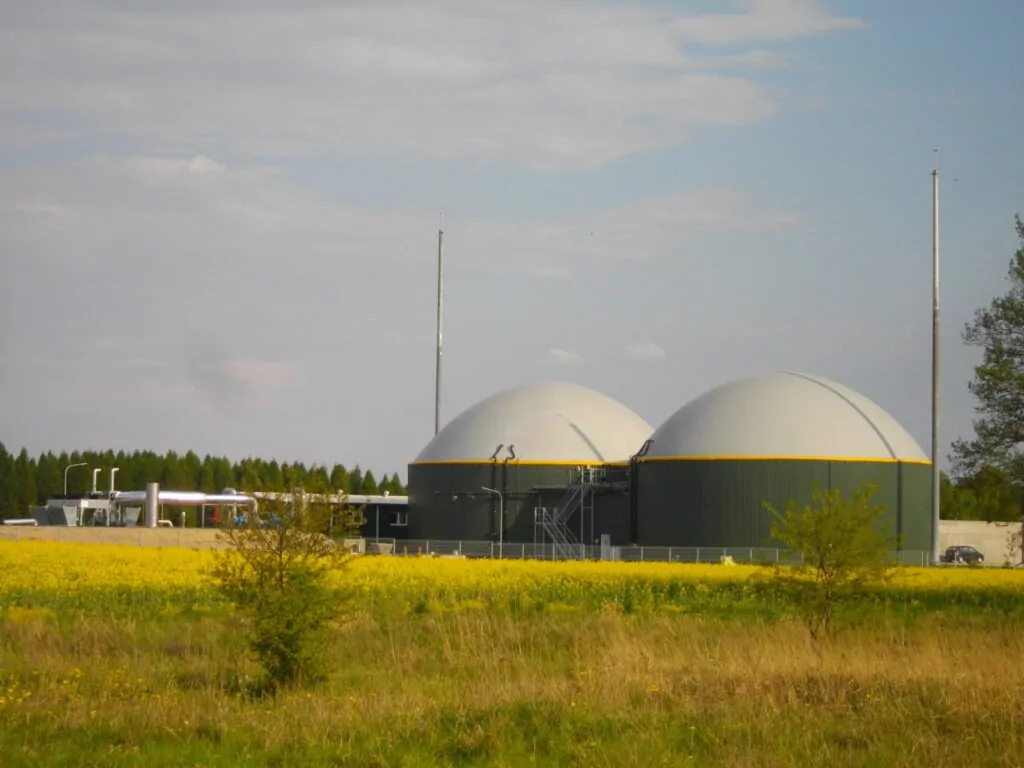
- Industrial
- Energy
Biogas Plant Rzeczyca -turn agricultural waste into power
Project’s context & challenges
Rzeczyca Sp. z o.o. is a local company that processes agricultural waste and produces biogas. It owns and operates the Rzeczyca biogas plant, transforming organic materials into clean, renewable energy.
The plant uses heat from its combined heat and power (CHP) units for internal needs. It then uses the remaining energy to dry the solid fraction of the digestate, improving efficiency and sustainability.
Local farmers supply feedstocks such as grass, vegetable waste, distillery vinasse, and industrial by-products. The project focuses on sustainably managing these materials while generating green energy for the local power grid.
Nijhuis served as the general contractor, delivering the full technology package along with civil and electrical works, CHP units, and a direct connection to the grid.

- Industrial
- Waste-To-Energy
ByoFlex® 2×10 for agricultural digester in Veneto region, Italy
Project’s context and challenges
The client is digesting agricultural feedstocks combined with a large portion of ‘dry’ chicken manure. The aim is producing biomethane to be injected into the grid. Because of the high nitrogen content in the feedstock the client’s challenge is preventing ammonium inhibition in the AD’s biology, and therewith stagnation of biogas production. Simply diluting with fresh water isn’t feasible since this would result in unreasonable digestate discharge volumes.
Ammonium Control and Reuse – As the solution the thin fraction is drastically reduced in ammonium with the ByoFlex®2×10 system, after which the major part of the thin fraction is pumped back (recycled) to the front end of the AD to dilute the incoming feedstock.
End-of-Pipe – The remaining thin fraction is stripped because therewith it is being land applied on reduced land area (in the region) which significantly lowers transport and spreading costs.
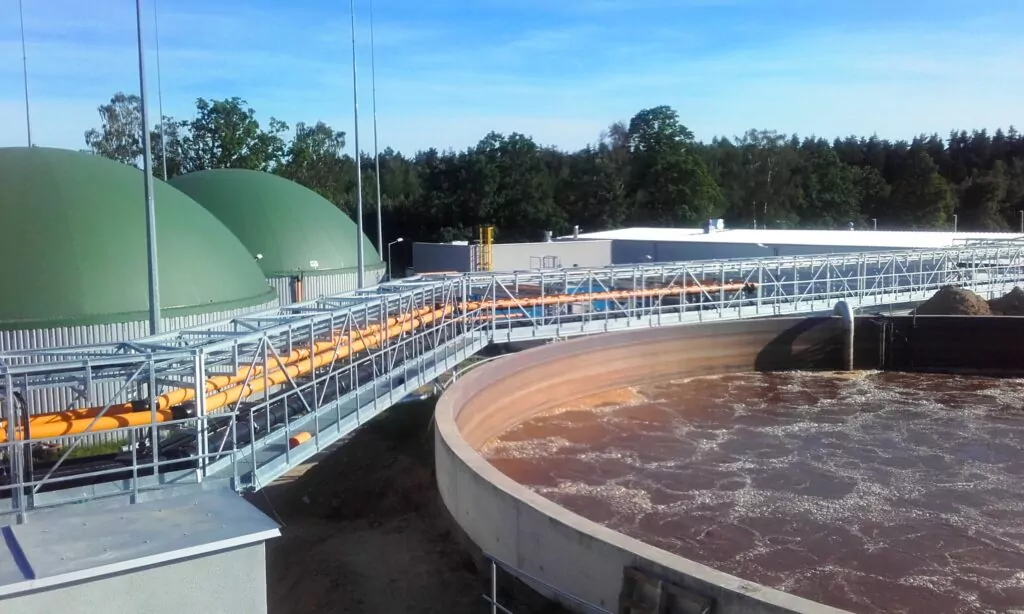
- Food & Beverage
- Industrial
Cedrob Wastewater and Biogas Plant
Context
Cedrob S.A., a leading poultry producer in Poland, aimed to become energy self-sufficient while reducing its environmental footprint. With multiple slaughterhouses, hatcheries, and feed production facilities, Cedrob needed a robust wastewater treatment and biogas recovery solution to handle complex and variable effluents. The goal: turn waste into value and meet stringent discharge standards.
Solution
Nijhuis Saur Industries (NSI), part of Saur Group, delivered a full-scale wastewater treatment and biogas plant for Cedrob. The system treats wastewater from slaughtering, poultry farms, and sanitation processes. It includes mechanical pre-treatment, dissolved air flotation, aerobic treatment, and advanced anaerobic digestion. The biogas is desulfurized and reused for heat production, while the digestate is dewatered and repurposed as fertilizer.
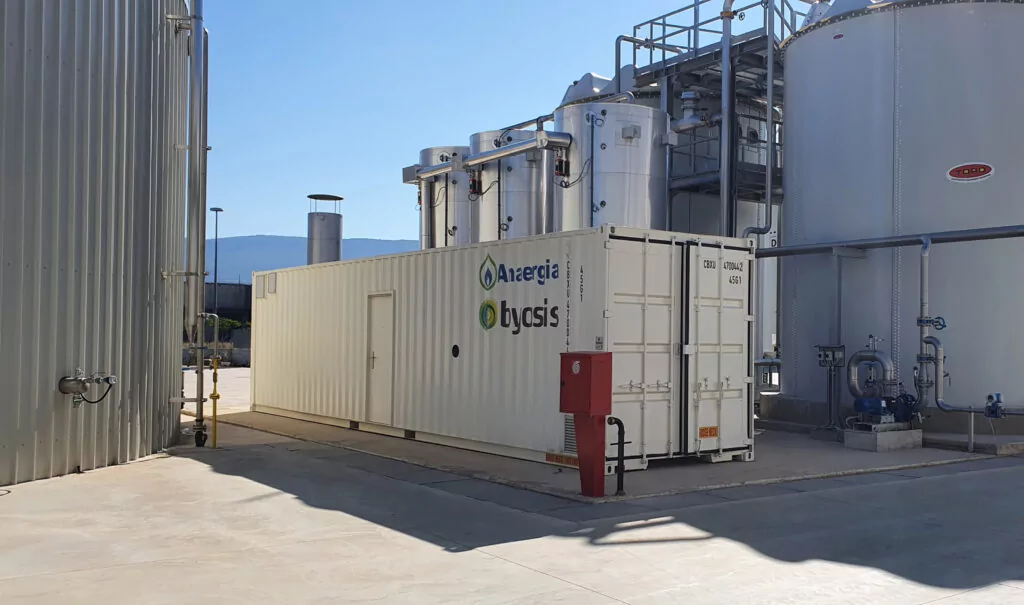
- Industrial
- Energy
ByoPast® for Waste-to-Energy plant
Context
At a waste-to-energy plant in central Italy, a customer needed to pasteurize the digestate flow for further processing, while using a minimum amount of heat.
Solution
Byosis delivered and installed the ByoPast® unit consisting of 3 pasteurization vessels for a continuous flow of 10 m3/hr. The system was adapted to customer-specific parameters, such as the viscosity and dry matter content of the process water. During the initial months of operation, Byosis provided guidance on system operation and cleaning, as well as on ensuring optimal and reliable performance.
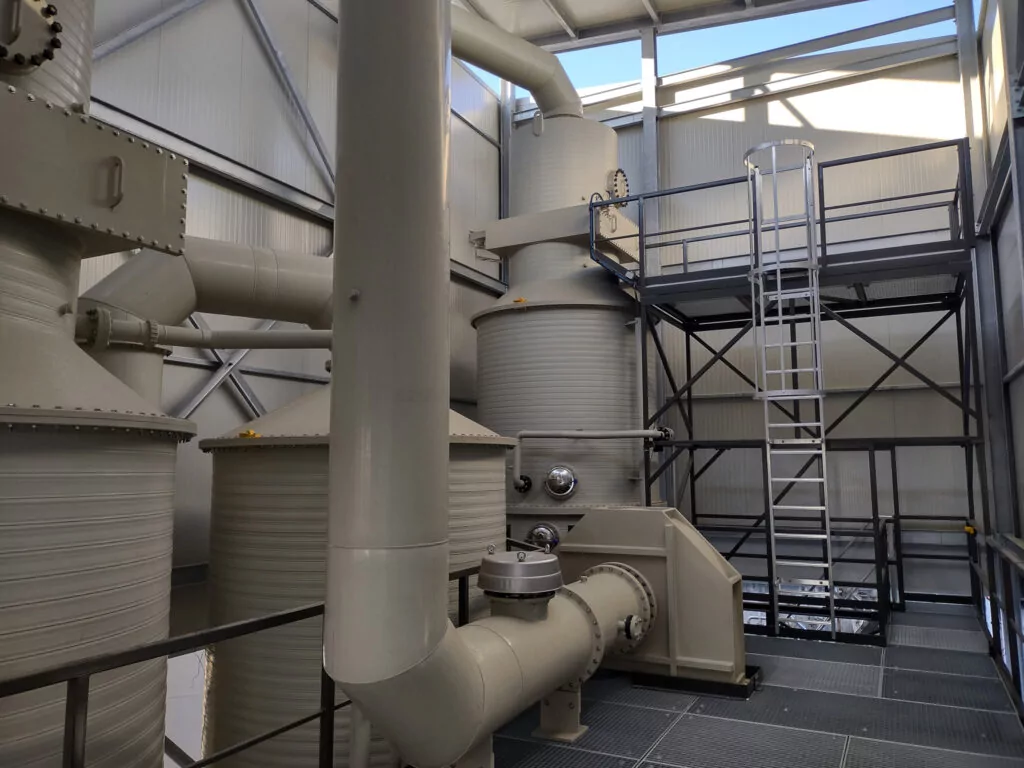
- Industrial
ByoFlex® 20 for industrial food waste plant in the United States
Project’s context and challenges
The client is collecting and digesting food waste on industrial scale, resulting in the production of biomethane which is injected into the grid. The digestate after digestion is separated and the liquid fraction is discharged via the city sewer. The client’s challenge was to select a robust and reliable waste water treatment solution which could deal with varying nitrogen loading after the digesters combined with varying hydraulic loadings, while maintaining the city’s stringent nitrogen emission levels.
The client chose to implement a ByoFlex® installation. The liquid fraction/wastewater from the digester, is drastically reduced in ammonium with the single ByoFlex® 20 unit. As result of the flexible operation window of the ByoFlex® 20 unit, the downstream MBBR is designed significantly smaller due to the reduced and stabilized ammonium/ammonia loading. As a result of this, the plant is able to consistently reach the stringent nitrogen emission levels.
